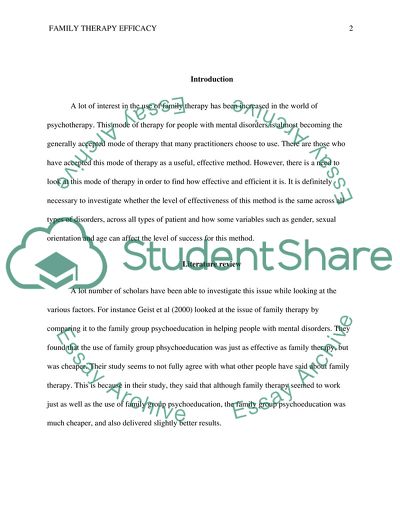Cite this document
(The Effectiveness of Family Therapy Essay Example | Topics and Well Written Essays - 1250 words - 8, n.d.)
The Effectiveness of Family Therapy Essay Example | Topics and Well Written Essays - 1250 words - 8. https://studentshare.org/psychology/1853498-literature-review
The Effectiveness of Family Therapy Essay Example | Topics and Well Written Essays - 1250 words - 8. https://studentshare.org/psychology/1853498-literature-review
(The Effectiveness of Family Therapy Essay Example | Topics and Well Written Essays - 1250 Words - 8)
The Effectiveness of Family Therapy Essay Example | Topics and Well Written Essays - 1250 Words - 8. https://studentshare.org/psychology/1853498-literature-review.
The Effectiveness of Family Therapy Essay Example | Topics and Well Written Essays - 1250 Words - 8. https://studentshare.org/psychology/1853498-literature-review.
“The Effectiveness of Family Therapy Essay Example | Topics and Well Written Essays - 1250 Words - 8”. https://studentshare.org/psychology/1853498-literature-review.


